HLMS
T he High Latitude Monitoring Station
(HLMS) is located on the outskirts of Elmendorf Air Force Base near
Anchorage, Alaska. HLMS was established in 1950 by the Department of
Commerce. The U.S. Air Force quickly become involved as the HLMS mission
expanded during the 1950s and 1960s to include the diagnostics listed below.
In 1972, joint operation between the USAF Weather Service and NOAA's Space
Environment Laboratory began, and the station officially became the High
Latitude Monitoring Station. The Geophysical Institute deployed a new 50
MHz auroral radar system in 1991 which was jointly
operated by the GI and NOAA. The last NOAA personnel left in May
1994.
Today, the HLMS is operated entirely by the GI, with one
technician on site.
HLMS instruments are connected to the
Geophysical Institute by leased data lines. 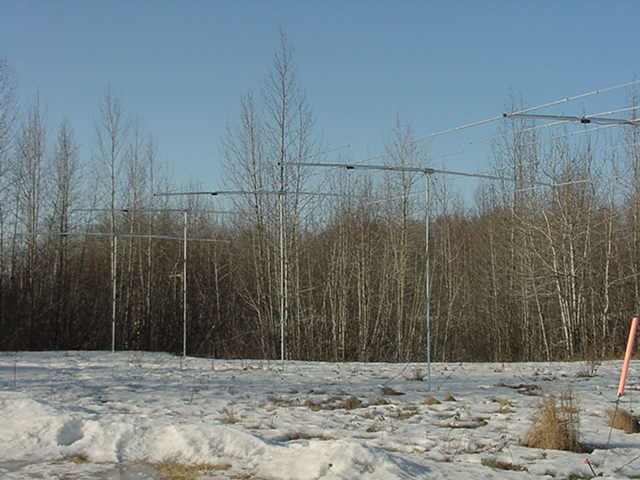 The primary mission of
HLMS has been to monitor the earth's ionospheric environment and to
collect and reduce raw geophysical data (including seismological
information) for analysis and archiving at the Geophysical Institute
and other organizations nationwide.
The primary mission of
HLMS has been to monitor the earth's ionospheric environment and to
collect and reduce raw geophysical data (including seismological
information) for analysis and archiving at the Geophysical Institute
and other organizations nationwide.
Gallery

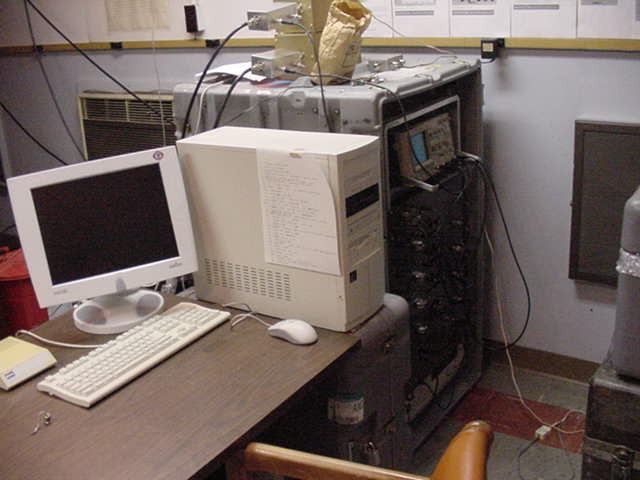
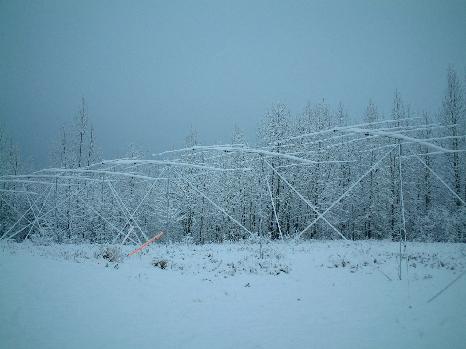
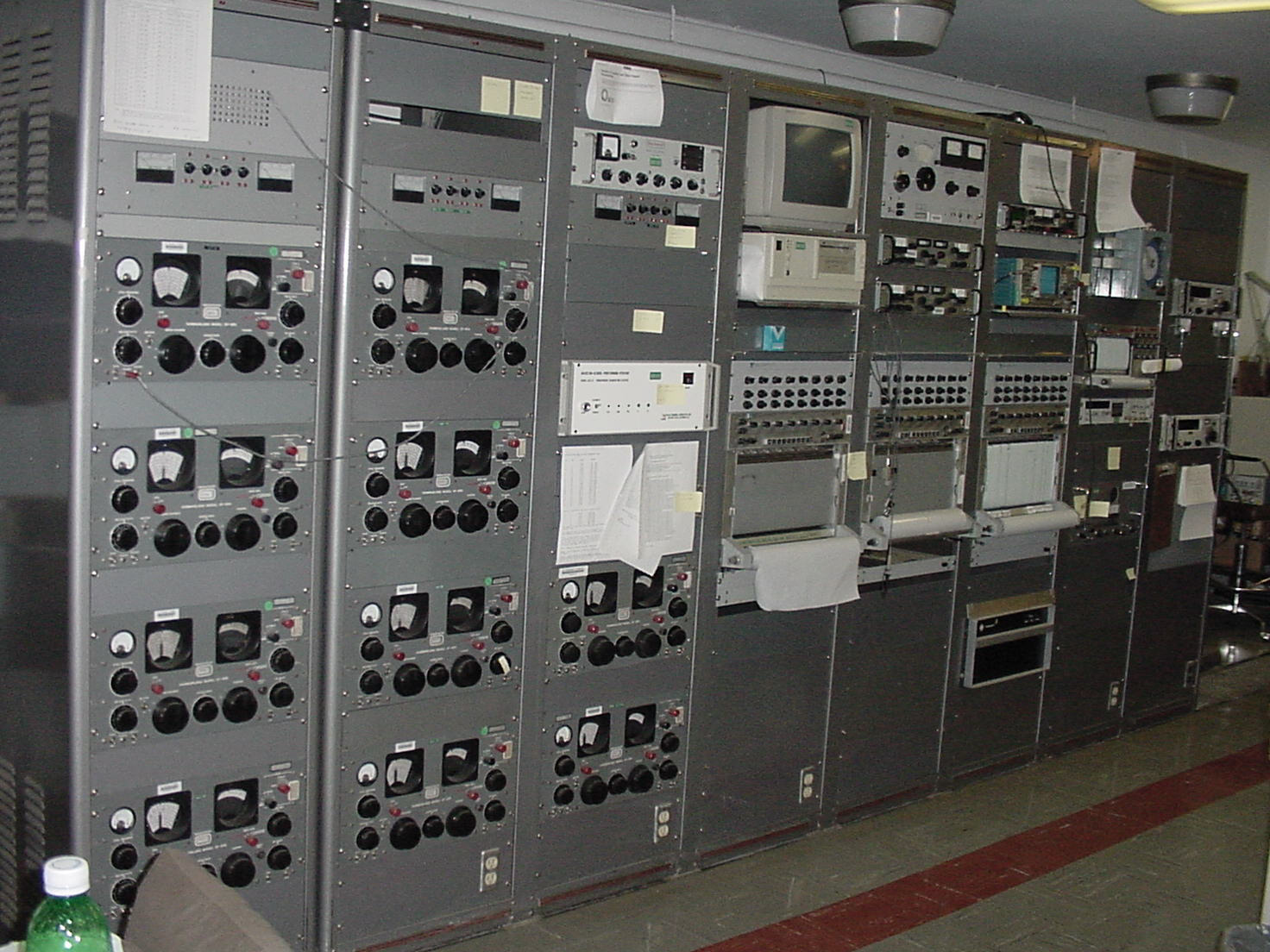
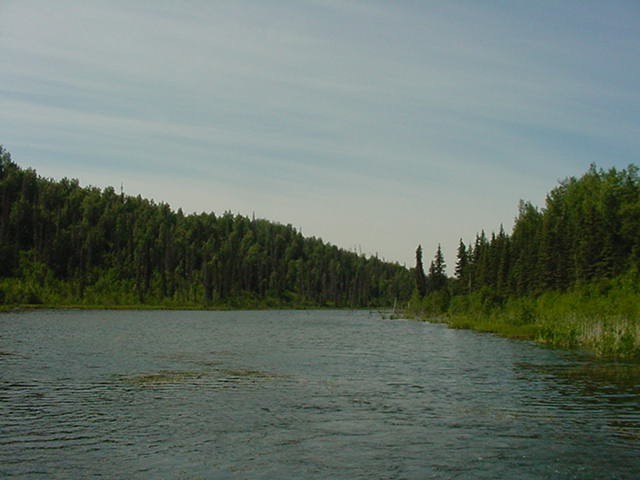


These are some of the sights of the HLMS, as photographed by the station manager John Peters. The station also houses a diverse collection of technology representing the last 50 years in aeronomy research, as exemplified by the equipment rack shown to the lower left.